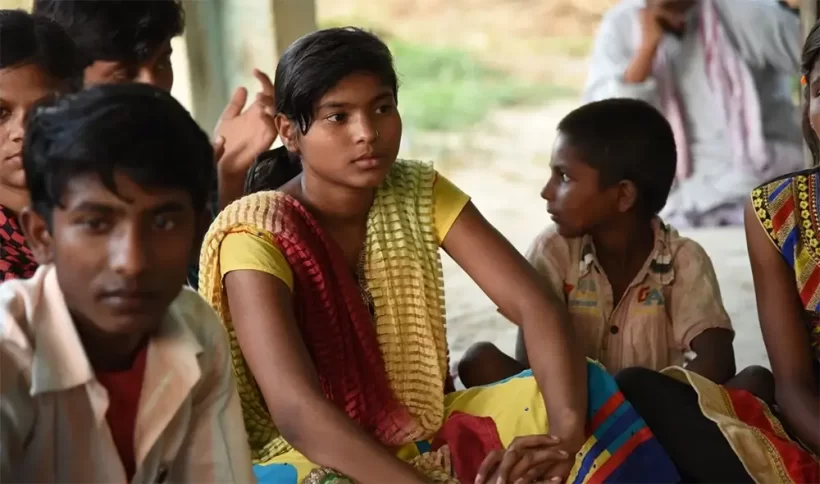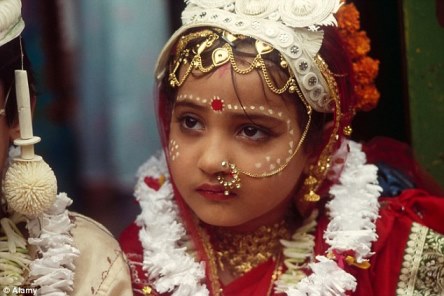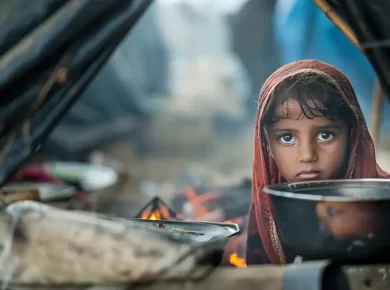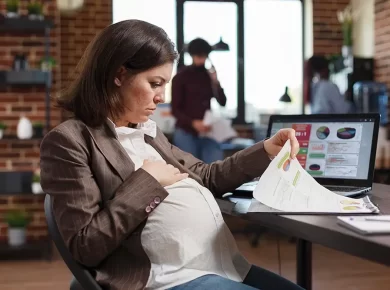Child Marriage
Almost one in every three married woman having been wed while she was still under the age of 18 years – Highest in the central and western parts of India, & more in rural areas.
Reasons
- Low education opportunities due to low quality of education, inadequate infrastructure & lack of transport.
- People feel that the traditions & norms are stronger than the law & institutions
- Girls are often seen as a liability with limited economic role
- Dowry amount increases with the age & education level of the girl
- Law enforcement to prohibit child marriage is relatively weak
Implications
- Deprives children of access to education & thereby better opportunities in future
- Limits the child’s freedom of decision & thus, domestic violence thrives
- Associated with multiple health risks as young brides have limited access to contraceptive health services
- Exposed to early and frequent sexual relations & to repeated pregnancies before they are physically mature and psychologically ready
- Perpetuates gender discrimination & illiteracy + high infant & maternal mortality rates
Government Initiatives
- Prohibition of Child Marriage Act, 2006 – llegal for girls to marry under 18 years & for boys under 21 years
- A non-cognizable and non-bailable offence with fine upto 1 lakh or 2 years of Jail or both
- Dowry Prohibition Act 1961
- Juvenile Justice (Care and Protection of Children) Act 2015
- Domestic Violence Act 2005
- Protection of Children from Sexual Offences Act, 2012
✅ 10 Key Points on Child Marriage:
-
Definition: Child marriage is the formal or informal union of a child below the age of 18 years, violating legal and human rights.
-
Legal Framework in India: Prohibition of Child Marriage Act, 2006 prohibits child marriage and declares such marriages voidable.
-
Causes: Poverty, illiteracy, gender discrimination, social customs, and lack of awareness are key drivers of child marriage.
-
Impact on Girls: Early pregnancy, health risks, malnutrition, domestic violence, and denial of education are major consequences for girl children.
-
Impact on Society: It perpetuates cycles of poverty, illiteracy, and poor health outcomes, especially in rural and backward areas.
-
Statistics: Despite laws, India still has a high prevalence of child marriages, especially in certain states like Rajasthan, Bihar, and West Bengal.
-
International Commitments: India is a signatory to UNCRC and Sustainable Development Goal 5, aiming to eliminate child marriage by 2030.
-
Government Initiatives: Schemes like Beti Bachao Beti Padhao, Kanyashree, Sukanya Samriddhi Yojana, and awareness campaigns target child marriage prevention.
-
Role of Community & NGOs: Local bodies, women’s groups, and NGOs play a crucial role in monitoring, reporting, and counseling to prevent child marriage.
-
Way Forward: Strengthening law enforcement, community sensitization, empowering girls through education and skill development are key to eradicating child marriage.
For more updates, explore the Social Issues. Feel free to share your thoughts and comments.
If you’re passionate about building a successful blogging website, check out this helpful guide at Coding Tag – How to Start a Successful Blog. It offers practical steps and expert tips to kickstart your blogging journey!








1 comment
very good effort